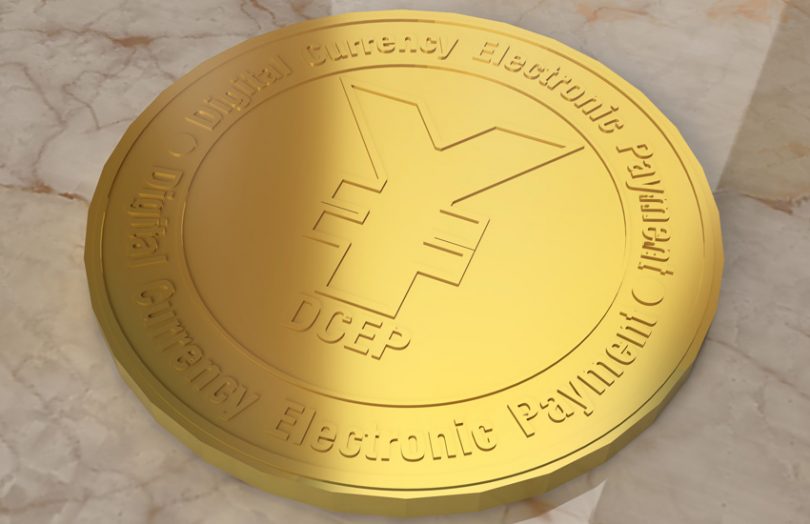Today, state run website People China published a report about the internationalization of the yuan or RMB. While the article only mentioned China’s central bank digital currency (CBDC) or digital yuan a couple of times, the conclusion considered a digital yuan as a medium to long-term strategy for internationalizing the RMB. It stated that one could “take the cross-border use of the digital renminbi as an example (of) the breakthrough point to build an international settlement network for mobile payments.”
China’s short-term goals for the digital yuan are domestic, with the aim of providing an alternative to mobile payments giants Alipay and WeChat Pay. But longer-term there is clear potential for the use of the digital yuan cross border.
China is already involved in at least two formal cross border projects for the digital yuan. Firstly, it has been working with the Hong Kong Monetary Authority to enable Hong Kong visitors to use the digital currency when visiting China, and vice versa. It’s also involved in a BIS initiative, the Multi-CBDC (M-CBDC) Bridge project with Thailand, Hong Kong and the UAE. This is a wholesale bank only project to enable instant cross border payments. However, it could form the backbone for mobile payments.
Domestically, China Mobile recently published a tender to enable the digital RMB for consumers across all mobile functionalities. It wants to build a software and hardware wallet and enable the digital yuan for calls and 5G messaging.
International progress and future possibilities
The People article claimed that the Renminbi Internationalization Index (RII) issued by China’s Institute of International Monetary Studies (IIM) already showed the renminbi outstripping the yen and pound. The article’s author is an academic that works for Renmin University, home of the IIM. Regarding foreign currency reserves, the Japanese and British currencies are still well ahead of China’s RMB, although that’s not the only measure.
Another report published earlier this month by the China Banking Association stated that cross-border renminbi receipts and payments had grown 44.3% during 2020.
There are multiple potential areas where a digital yuan could be leveraged in the future, but the best candidates include the Belt and Road Initiative, denominating more cross border trade in China’s currency rather than dollars, and the progressing the opening of China’s capital markets to outsiders.
The China Banking Association made several recommendations for internationalizing the RMB without emphasizing the digital yuan. These include Chinese financial institutions granting more cross border RMB loans, more ‘recycling’ of cross border RMB (so they stay offshore), and commodities futures.
This month, a deputy director of the People’s Bank of China’s Shanghai division also mentioned the cross border use of RMB for commodities. But not the digital yuan. Sun Hui wants to see the renminbi used for crude oil, iron ore, grain, rubber and other bulk commodities. Last year Rio Tinto obliged in a blockchain trade finance transaction for steel. And these trade platforms are one of the optimal places to deploy digital currencies.
On the flip side, there are challenges for China with cross border digital currencies. The head of the digital yuan initiative highlighted that digital currencies present dollarization risks to China. And a Peking professor warned of the risks of rapidly internationalizing the RMB.






